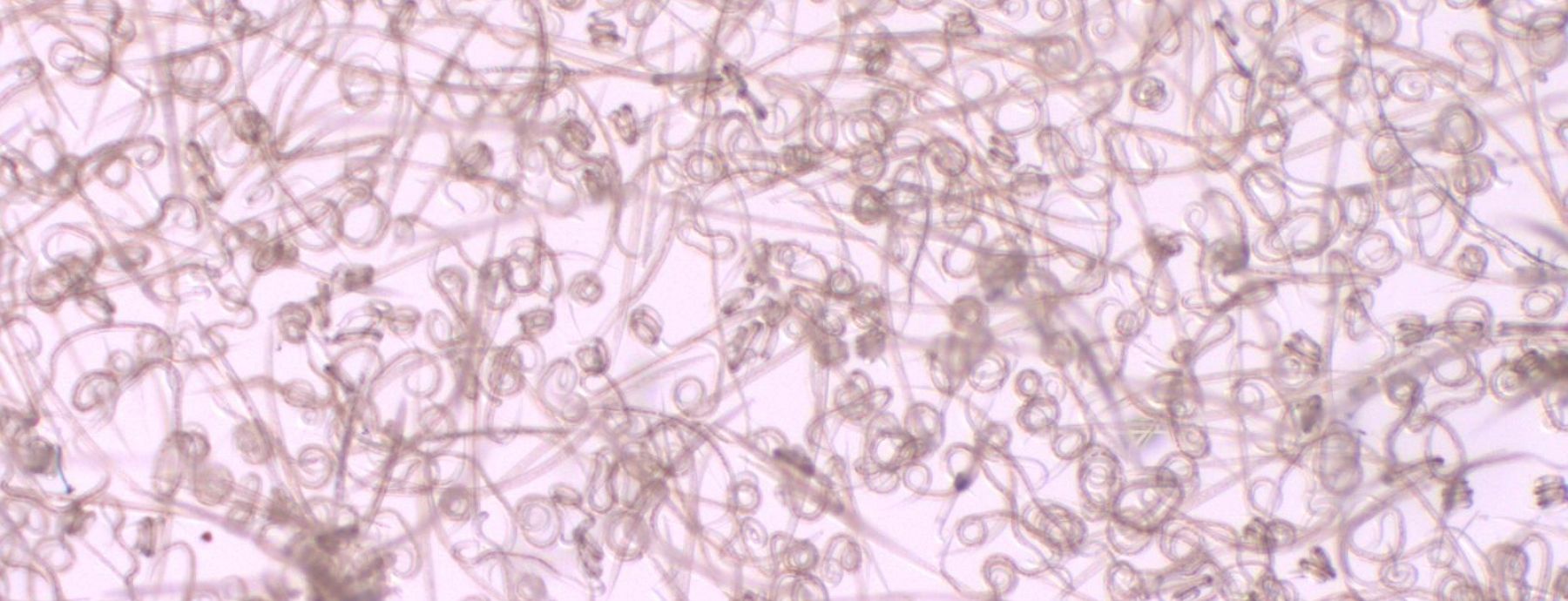Parasites that colonize different organs within a host mainly interact via the immune system. For example, bacterial-helminth co-infections are characterized by increased bacterial tissue damage and proliferation. Much of the current research on the epidemiology of co-infections has been theoretical in contrast to the much faster growing field exploring the immunology of co-infection. CIDD researchers Ashutosh Pathak, Chad Pelensky and Isabella Cattadori used a combination of field and laboratory data to explore the immune-epidemiology of co-infection between the respiratory bacterium, Bordetella bronchiseptica, and the gastrointestinal helminth, Graphidium strigosum, in their natural host, the European rabbit.
Field data of B. bronchiseptica and G. strigosum infections were collected in Scotland from 2004 to 2010. Controlled laboratory infections were conducted by simultaneously dosing naïve rabbits with B. bronchiseptica and G. strigosum. Data from the field indicates that B. bronchiseptica and G. strigosum occur as common and persistent co-infections with strong seasonal patterns. Individuals tended to acquire both infections at an early age, typically during the spring and summer months, and remained chronically infected with prevalence and intensity increasing with host age. In the lab, B. bronchiseptica intensities in the lower respiratory tract were comparable to single infected hosts however, higher intensities were observed in the nasal cavities of co-infected hosts during the chronic stage of the infection. G. strigosum showed higher establishment and survival compared to single infected rabbits. The cytokine profile in the lungs of single versus co-infected individuals supported previous studies where the presence of helminths down-regulates the type 1 IFN-γ response and up-regulates the type 2 IL-4 expression. In the stomach, the higher establishment and survival of G. strigosum in co-infected individuals may have been facilitated by the rapid expression of IFN-γ which in turn may have reduced the effectiveness of IL-4 relative to single-infected individuals. These authors suggest that by increasing bacterial intensities in the nasal cavity of chronically infected adults, G. strigosum may facilitate the transmission and persistence of B. bronchiseptica in natural populations. Similarly, early B. bronchiseptica infections can enhance host susceptibility to G. strigosum infection and re-infection.
Synopsis written by Molly Steele.
Written By: Pathak AK, Pelensky G, Boag B, & Cattadori IM
Paper Url: http://www.sciencedirect.com/science/article/pii/S0020751912000926
Journal: 42: 647-655
Journal Reference: 42: 647-655
Paper Id: http://dx.doi.org/10.1016/j.ijpara.2012.04.011
